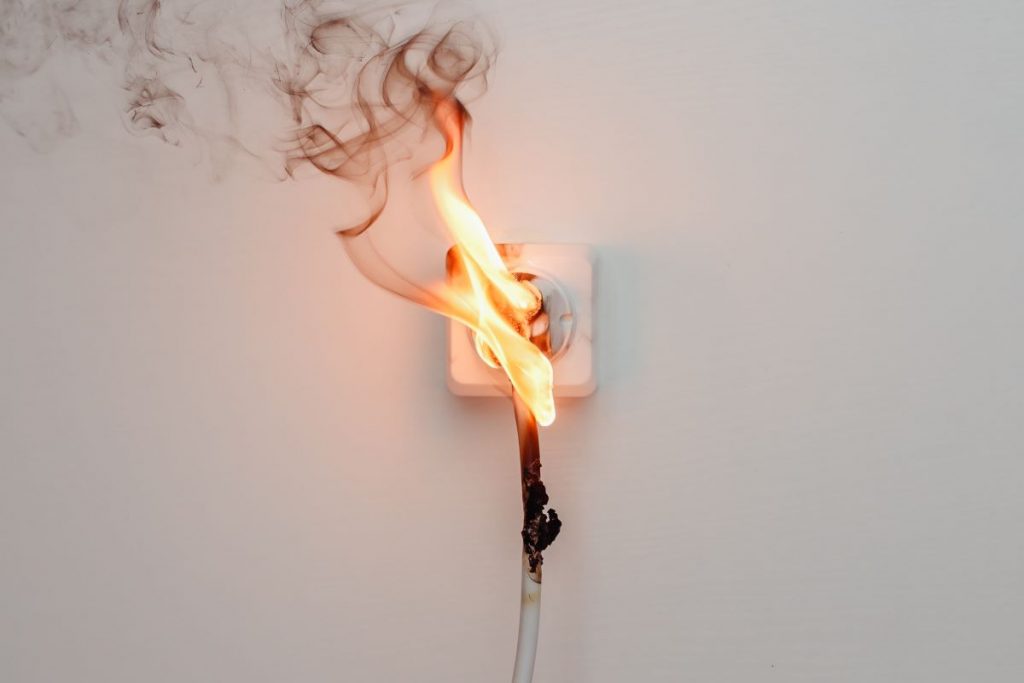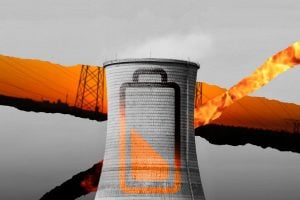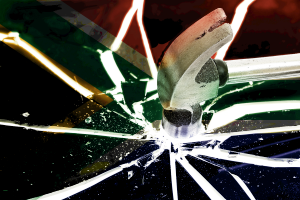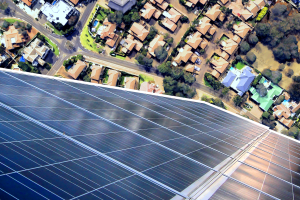The surprising load shedding trend for South African consumers

Despite record load shedding in 2023, short-term insurers have seen a decline in the destruction of people’s property due to power surges.
In 2022, short-term insurers recorded a 60% increase in claims for destruction to people’s property due to power surges following the increase in the intensity of load shedding.
However, in 2023 – which has easily seen the most days and blackout hours of load shedding – this figure dropped from 5,000 per month to just under 1,000, mainly due to consumers installing surge protection devices. (SPDs).
Dr Andrew Dickson at CBI-electric: low voltage said that SPDS may be a grudge purchase, but they will limit the high peak voltages that occur from electricity returns after load shedding, diverting the spikes (transients) away from the distribution board.
“Plus, they cost a lot less than having to buy a new TV, fridge or gate motor,” Dickson said.
He noted that the substation can send a voltage pulse of several thousand volts into the network when a period of load shedding ends.
“The problem is that the average home runs on 230 volts, so when the lights come on again, all electrical items, including your lights and appliances, may receive an unexpected voltage spike, followed by a power surge from the returning main supply,” Dickson said.
“This only lasts for a microsecond, but it is enough to result in a point of failure within the equipment, which may cause significant damage.”
“In the event of a voltage surge, where the voltage is greater than what a home’s appliances can generally handle, these devices clamp the voltage, providing a path to the ground where the excess energy is dumped, limiting the excess voltage spreading into the home, and thereby keeping the voltage at an acceptable level.
Various types of SPDs have differing energy absorption capacities, including an indicator for operational status or life expectancy, which alerts users if the device’s limits have been surpassed.
“You would typically use a Class 2 SPD, which is installed within the distribution board by a licensed electrician to prevent the spread of over-voltages within the electrical system and protect whatever is connected to it.”
“For sensitive electronic devices like TVs, routers and home entertainment systems, you might want to supplement this with Class 3 devices at the point of consumption, which is typically a plug-in adaptor,” he points out.”
Dickson said that homeowners should check devices after load shedding or a storm to see if the indicator still shows that they are in good working order.
“While SPDs are risk mitigation measures, they will eventually fail, so they need to be checked regularly, especially with Eskom stating that ‘protracted load shedding’ will continue for the foreseeable future.”
“In the face of escalating load shedding, consumers have embraced SPDs deflecting potential damage, safeguarding their homes, and preserving their peace of mind. And I encourage more people to take proactive action in this regard because just like having an insurance policy, they often underestimate the benefit of these devices until after an event has occurred,” Dr Dickson concludes.




















